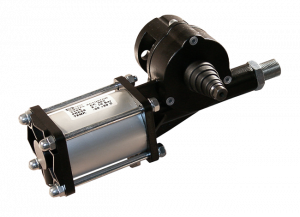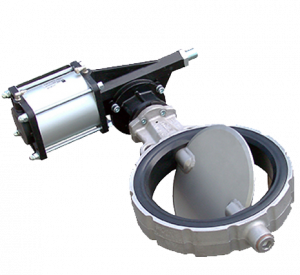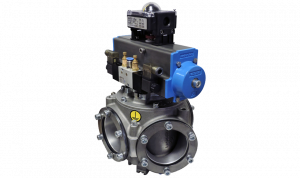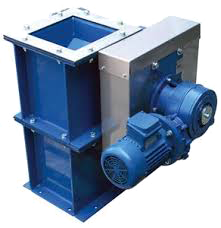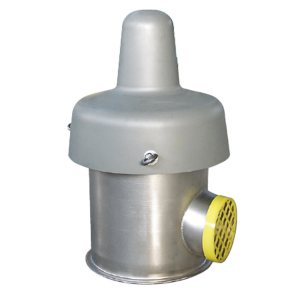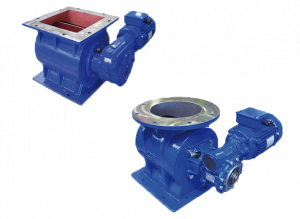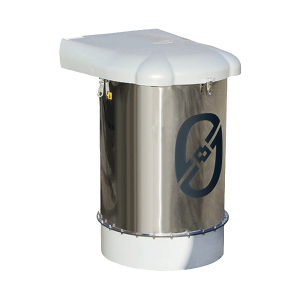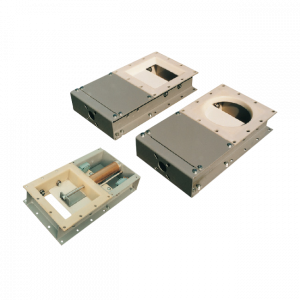The Unsung Heroes of Flow Control: The Importance of Butterfly Valves
In the intricate world of fluid control and industrial processes, the role of valves is indispensable. Among the diverse types of valves available, the butterfly valve has emerged as a crucial component in various industries.
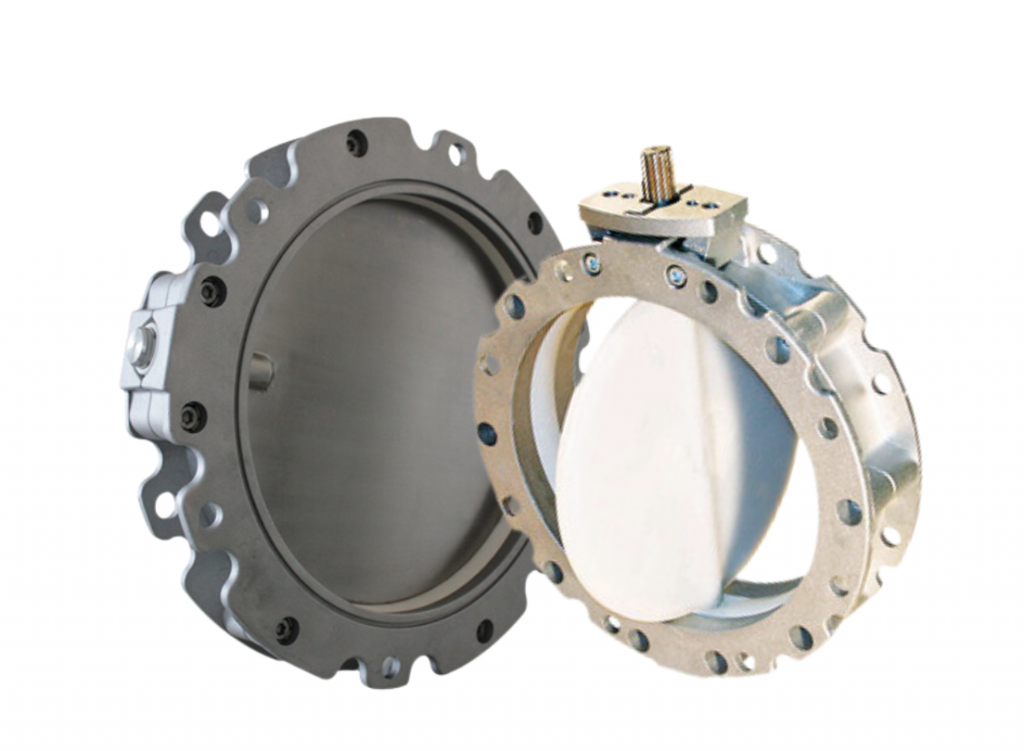
In the intricate world of fluid control and industrial processes, the role of valves is indispensable. Among the diverse types of valves available, the butterfly valve has emerged as a crucial component in various industries. With its simple yet effective design, butterfly valves play a vital role in controlling the flow of fluids and gases. In this article, we will delve into the importance of butterfly valves in modern engineering.
Understanding Butterfly Valves
Butterfly valves are quarter-turn valves that control the flow of fluids by rotating a disc or vane inside a pipe. The disc is attached to a spindle, and when the valve handle or actuator is turned, the disc can either block or allow fluid flow, similar to the way a butterfly’s wings open and close. These valves come in various sizes, materials, and configurations, making them versatile for a wide range of applications.
The Importance of Butterfly Valves
Versatility in Applications
Butterfly valves find application in various industries, including water treatment, chemical processing, power generation, oil & gas, HVAC systems, and more. Their versatility makes them suitable for both on/off and throttling control, adapting to different process requirements.
Space and Weight Efficiency
Butterfly valves are relatively compact and lightweight compared to other valve types like Gate Valves or Rotary Valves. This makes them suitable for applications where space is limited, or where a reduction in weight is crucial, such as in aerospace or marine industries.
Ease of Operation
One of the most significant advantages of butterfly valves is their simplicity of operation. They can be manually operated or automated using Electric or Pneumatic Actuators. This ease of operation reduces the need for complex valve systems and extensive training for operators.
Cost-Effective Solution
Butterfly valves are often more cost-effective than other valve types, both in terms of initial purchase and maintenance. Their straightforward design and fewer components result in reduced manufacturing costs & easier maintenance.
Minimal Pressure Drop
Butterfly valves are known for their low-pressure drop characteristics, meaning they cause minimal resistance to fluid flow. This property is particularly important in applications where maintaining efficient flow rates is critical.
Reliable Sealing
Butterfly valves are equipped with elastomeric seals (such as rubber or PTFE) that ensure a tight shut-off when the valve is closed. This sealing capability is crucial in preventing leaks & maintaining system integrity.
Longevity
With proper maintenance & suitable materials for construction, butterfly valves can have a long service life, even in harsh environments. This durability further contributes to their importance in industrial processes.
Environmental Considerations
Butterfly valves are often preferred in environmentally sensitive applications due to their minimal leakage potential when closed. This helps in reducing the risk of fluid spills & environmental contamination.
In the intricate landscape of modern engineering, butterfly valves have emerged as indispensable components that offer versatility, efficiency, and cost-effectiveness. Their simple yet effective design makes them suitable for a wide range of applications, from managing water supply to controlling hazardous chemicals. As industries continue to evolve, butterfly valves will undoubtedly maintain their importance in ensuring the smooth and reliable operation of critical processes. Their role in minimising downtime, reducing costs, and enhancing safety makes them an essential tool in the engineer’s toolkit.
Among the diverse types of valves available, the butterfly valve has emerged as a crucial component in various industries, browse our product range at Inquip:
Traditionally recognised for their simplicity and cost-effectiveness, modern butterfly valves are now incorporating advanced materials, innovative designs, and smart technologies. Engineers and manufacturers are focusing on enhancing durability, corrosion resistance, and efficiency. Furthermore, the incorporation of smart features, such as digital actuators and sensors, enables remote monitoring, real-time data collection, and predictive maintenance. As the demand for more efficient and reliable fluid control solutions continues to grow, butterfly valves are adapting to meet the evolving needs of modern engineering and technology.
Related Products


